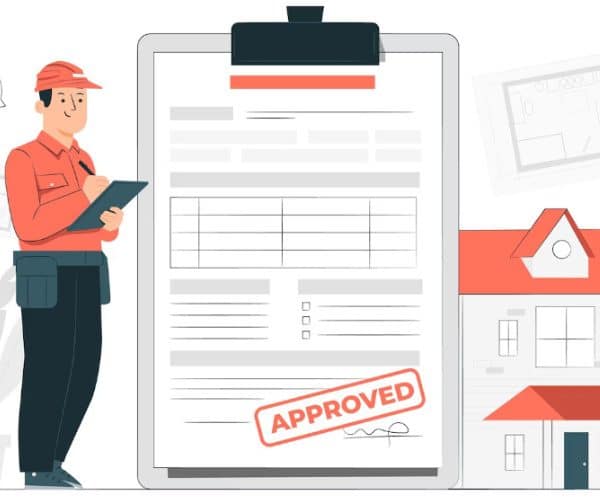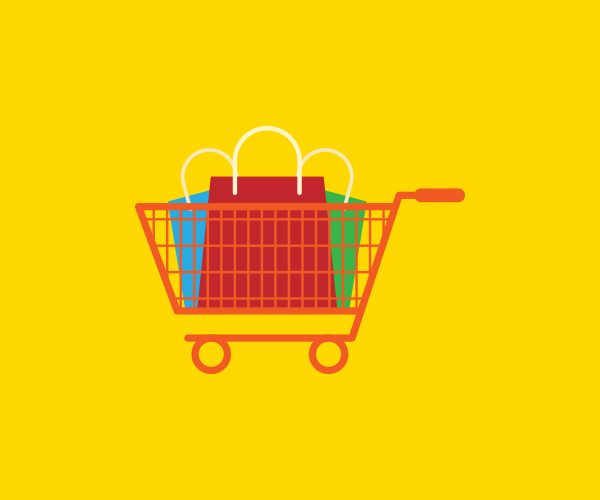Are we ignoring the fact that most brands display almost the same price during the sale season? Why the same? Why can’t they just set the lowest price and attract more customers than their competitors?
If your mind bulb lit for a second, then you have to understand the concept of MAP pricing and its significance in the United States and other regions where businesses might lose out to manufacturers and wholesalers just by exploiting MAP pricing policies.
Today, we are going to understand.
- What MAP pricing is.
- Why do manufacturers and wholesalers set MAP pricing for retailers, resellers, and ecommerce businesses?
- Is it legal, and how does it benefit businesses in any way?
- Does the lowest advertised price (during sale) on the product’s website represent the sale price, and do brands have to sell products at the lowest displayed price?
- Don’t they (brands) compromise their margins by selling products at the same lowest price?
You will learn the answers to all these questions in this blog. Let’s begin by understanding what MAP pricing actually is.
What is MAP pricing?
MAP stands for Minimum Advertised Price. It’s the lowest price retailers, third-party resellers, and e-commerce brands are allowed to display for their (Brand, manufacturers) products.
To understand this further, take a look at these examples:
Here, a brand set the MAP for $13. So, if a website tries to sell the products (originally belonging to the brand that set the MAP) below the set price of $13, then that business is violating the rules of MAP. Whether it’s legal or not, we will discuss it below in this blog.
Here’s another example. The brand set the MAP price at $182. Brands that don’t follow the MAP pricing are consider violaters for selling their products at the cheap rate (Like they can lose their supplier or even get blacklist from purchasing the product for certain peiord of time).
Is the minimum advertised price also a sale price?
Okay, so there is a difference between displaying a price and selling the product at the same price. In simpler terms, we might say a retailer is allowed to display the price of a trainer at $160 (That’s a MAP price), but they can sell it at $150. Then it won’t be considered a violation of MAP pricing. Why? Because MAP is the lowest displayed price, not the sale price. If a brand can draw the maximum margin out of that product while selling it at the lowest price according to MAP, then they can. But if they deliberately display the price at $150 rather than $160, then they will be held accountable.
Difference between MAP and MSRP
If you are not familiar with MSRP, then you must have heard of SRP (Suggested Retail Price) or RRP (Recommended Retail Price). All these terms have the same meaning. Below is the table that differentiates between MAP and MSRP, so clarify if you misunderstood MAP with MSRP.
| Term | What It Stands For | What It Means |
| MAP | Minimum Advertised Price | The lowest price a product can be advertised for |
| MSRP | Manufacturer’s Suggested Retail Price | The price that a manufacturer recommends a product be sold at |
MAP is enforceable. Retailers agree to MAP terms in contracts. MSRP is not. It’s just a suggestion.
So, a brand might have an MSRP of $249 for a product, but set the MAP at $199. Retailers can sell for less than $199, but they can’t promote it below that number.
Is MAP pricing legal?
Well, there might be different opinions, but opinions don’t shape facts. Most brands and states consider this totally legal. For example, in the United States and Canada, it is considered legal under antitrust laws, while in the EU and the UK, it is banned.
On the other hand, it is totally up to the brand whether to imply MAP pricing or not. Most brands have their reputations at stake. They cannot compromise their reputation by allowing retailers or resellers to jeopardize it by selling their products cheaply.
To ensure you are not violating any legal activity, you must check with the brands to see if they are following a MAP pricing strategy and, if yes, what rules and regulations they abide by.
Why retailers/resellers need to follow MAP pricing and how it can impact brands?
Hermes is sold at the retail price of a thousand dollars, now being sold at ⅓ of the price by China?
What do you think about this? How is it impacting the Hermes brand and its brand value?
Yes, people won’t feel the exclusivity by having a fake one, but what about its brand value? Are people not questioning the brand for gaslighting customers by selling their product at such a high price? If a business doesn’t monitor the price at which its product is selling, how is it going to build its brand value and reputation? This is the main point.
Hermes is an exclusive example. If we take any smaller brand like Stanley, people love their water bottles because they feel great having one. If resellers start selling those products at cheap rates, how will it impact their value, perception, and customer reactions? That’s the main reason why brands are so concerned about setting a MAP price for their products.
But are retailers and resellers actually following these policies, or at least considering how they could impact brand value? First, see these stats:
Research done by Harvard Business Review shows that authorized resellers violate MAP by 20%, while unauthorized resellers violate MAP pricing by 50%. Means they are advertising the products (from a certain brand) at a price lower than MAP.
For retailers, these violations may seem small, but for the brands, they are huge. Therefore, any retailer or reseller not following the MAP policy may encounter legal actions, such as losing their reselling authority for a duration, being banned, or blacklisted by suppliers, etc. (This blog is not subjected to give any legal advice; it’s entirely for educational purposes.)
Why do brands implement MAP pricing?
Besides protecting brand value, brands implement a minimum advertised price on their products for retailers and resellers for the following reasons.
1- Brand protection:
In the “race to the bottom,” only manufacturers, wholesalers, and brands are at a loss. Because in the race of cutting costs to be exclusive and “see who’s gonna sell the most products” and “Which site gives the most discounted products” – brands slowly lose their worth and become subject to exploitation. Therefore, luxury brands like Apple use tactics like MAP pricing to maintain their image and perceived value.
2- Prevent price wars
If there is no set boundary, then big retailers will eat small retailers’ margins for breakfast. Yes, big retailers can bear to slash costs, but small retailers have to manage their margins to run a profitable business. Having a MAP allows businesses to run on a level playing field without any price wars, where small businesses have to sell their products to complete giants.
3- Profit margins
Retailers with MAP policy in action can see higher product margins (up to 22%) than unauthorized brands, which are up to 50% in rate and don’t follow MAP guidelines issued by brands. But what’s the reason? Because a study by Bain & Company shows that consumers mostly relate a low price to low quality, and retailers offering products at a low price (even with the same quality) often get lost to their competitors selling the products at a higher price.
4- Retailer relationship
If the retailers are given a level playing field to compete without slashing prices, they can compete healthily. That means they can build healthy relationships.
5- Channel relationship
When given a fair shot, you don’t have to maintain different pricing across different channels. You can sell your product with the same minimum price set in your retail store, Amazon, or eBay store. It builds a cohesive relationship between all channels.
How to create a MAP policy in 4 steps
Step 1: Set the MAP price
Determine the MAP price based on several factors:
- Production costs: Calculate how much it costs to make the product.
- Competitor benchmarks: Look at the prices set by competing brands.
- Brand value: Consider the reputation and desirability of your brand.
Step 2: Draft the policy
Collaborate with legal experts to ensure that the policy complies with antitrust laws, which prevent unfair competition.
Retailers mustn’t be involved in creating this policy; it should be a unilateral decision made by the company.
Step 3: Define violations
Clearly outline what constitutes a violation of the MAP policy.
Consider including exceptions or loopholes, such as allowing promotional discounts (Like black Friday or Christmas discounts) that apply after items are added to the shopping cart or discounts sent through promotional emails.
Step 4: Set penalties
Create a system of penalties for violations. A suggested method is the 3-strike system: warnings → suspension → termination.
1st violation: Issue a warning.
2nd violation: Suspend the retailer’s ability to sell your products.
3rd violation: Terminate the retailer’s agreement entirely.
Conclusion
Following the MAP pricing is equally important for the company and retailers/resellers to maintain brand value and play on a level playing field, respectively. If you do not want to burn your margins trying to be unique with pricing, then set a MAP and move with confidence while generating revenue and hefty profits.
FAQs
What does the MAP price mean?
MAP stands for Minimum Advertised Price. It’s the lowest price retailers, third-party resellers, and e-commerce brands are allowed to display for their products.
What is a MAP discount?
MAP stands for Minimum Advertised Price. MAP is a company that allows retailers to advertise their products at the lowest price.
Can you sell below MAP?
Yes, you can sell below MAP, but not advertise it publicly as it can ruin brand image.







